‘Nuke Mars’ for Humans to Live
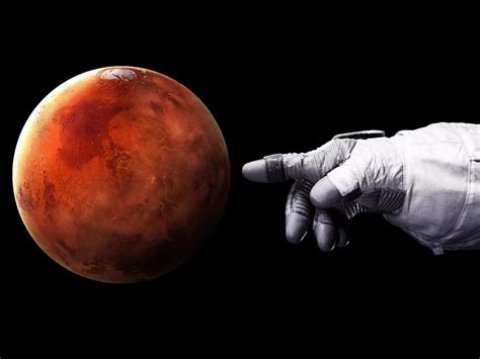
Mars isn't a little place. It's one of the major rocky planets, with a total land area comparable to that of the Earth's. As CEO of SpaceX, Elon Musk has a grand plan for getting humanity out of the confines of Earth, setting off to the moon, Mars, and even further reaches of the solar system. Musk has regularly estimated that humans could establish a city on Mars as early as 2050.
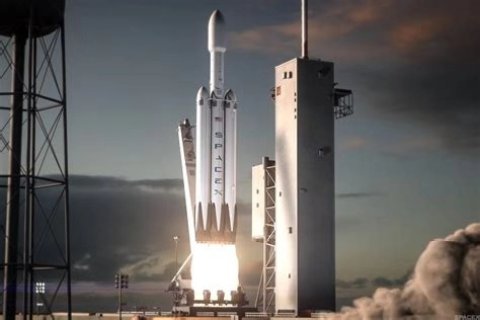
The rocket is deigned to refuel and relaunch using liquid hydrogen and methane, unlike the rocket propellant used in the Falcon 9 and Falcon Heavy. That means astronauts will be able to set up refueling depots around the solar system, hopping from planet to planet. Still under development, the Starship could see its first commercial flight as early as 2021.
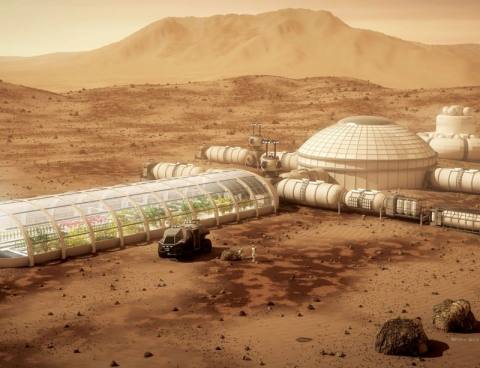
Many plans for a Mars settlement expect a community in matters of decades. The United Arab Emirates aims for a city of 600,000 by 2117. Astrobiologist Lewis Dartnell told that “It will probably be more like 50-100 years before substantial numbers of people have moved to Mars to live in self-sustaining towns. SpaceX is aiming for a much, much faster timeframe, with a series of 10 launches to start a city by 2050.
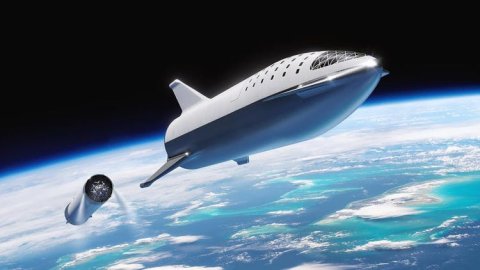
SpaceX previously released concept art of the Starship on its way to distant planets, based around the older design rather than the more recent stainless steel iteration one. The ships would place power, mining and life support infrastructure for future flights. They would also confirm water resources and identify hazards. Each ship would carry around 100 tons of supplies.
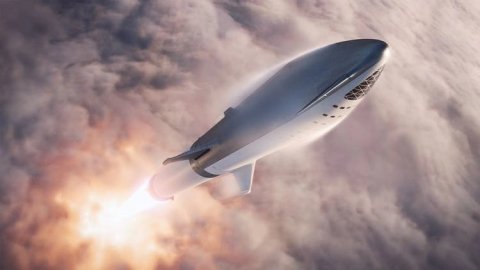
Mars could perhaps serve as a base for more ambitious missions, with Musk describing the Starship as “really intended as an interplanetary transport system that’s capable of getting from Earth to anywhere in the solar system as you establish propellant depots along the way. Beyond transforming humanity into a space-faring civilization, it could also preserve the species.
The copyright belongs to inverse.
No comments:
Post a Comment